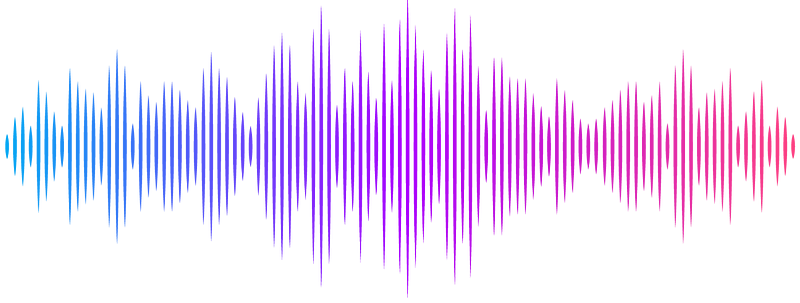Collisions with tidal disruption event disks: implications for quasi-periodic X-ray eruptions

Collisions with tidal disruption event disks: implications for quasi-periodic X-ray eruptions
Andrew Mummery
AbstractA popular class of models for interpreting quasi-periodic X-ray eruptions from galactic nuclei (QPEs) invoke collisions between an object on an extreme mass ratio inspiral (EMRI) and an accretion disk around a supermassive black hole. There are strong links between QPE systems and those disks which formed following a tidal disruption event (TDE), and at least two events (AT2019qiz and AT2022upj) are known to have occurred following an otherwise typical TDE. We show that the fact that these disks were formed following a TDE strongly constrains their properties, more so than previous models have assumed. Models based on steady-state AGN-like disks have mass contents which grow strongly with size $M_{\rm disk}\propto R_{\rm out}^{7/2}$ and do not conserve the mass or angular momentum of the disrupted star. A very different scaling must be satisfied by a TDE disk in order to conserve the disrupted stars angular momentum, $M_{\rm disk} \propto R_{\rm out}^{-1/2}$. These constraints substantially change the predicted scaling relationships between QPE observables (luminosity, duration, energy, temperature) and the QPE period. They also allow QPE observables to be written in terms of the properties of the two stars assumed to be involved (the one tidally disrupted and the one on an EMRI), making plausibility tests of these models possible. We show that these modifications to the disk structure imply that (i) QPEs cannot be powered by collisions between an orbiting black hole and a TDE disk, (ii) QPEs also cannot be powered by collisions between the surface of a stellar EMRI and a TDE disk. A framework in which the collisions are between a TDE disk and a star which has puffed up to fill its Hills sphere with a trailing debris stream (as seen in recent simulations) cannot be ruled out from the data, and should be the focus of further study.